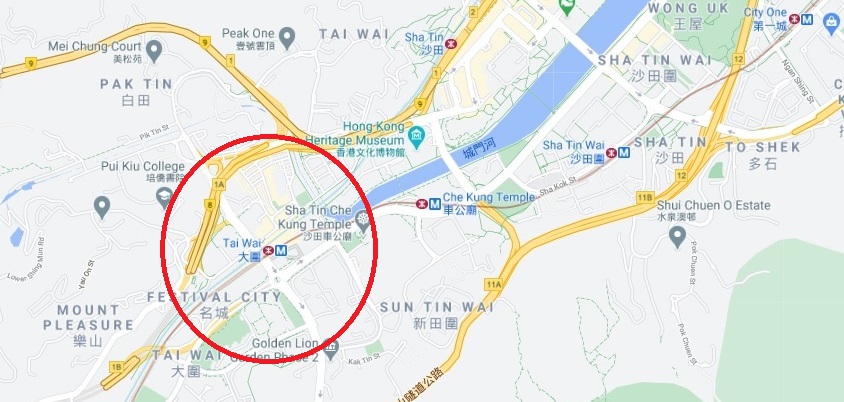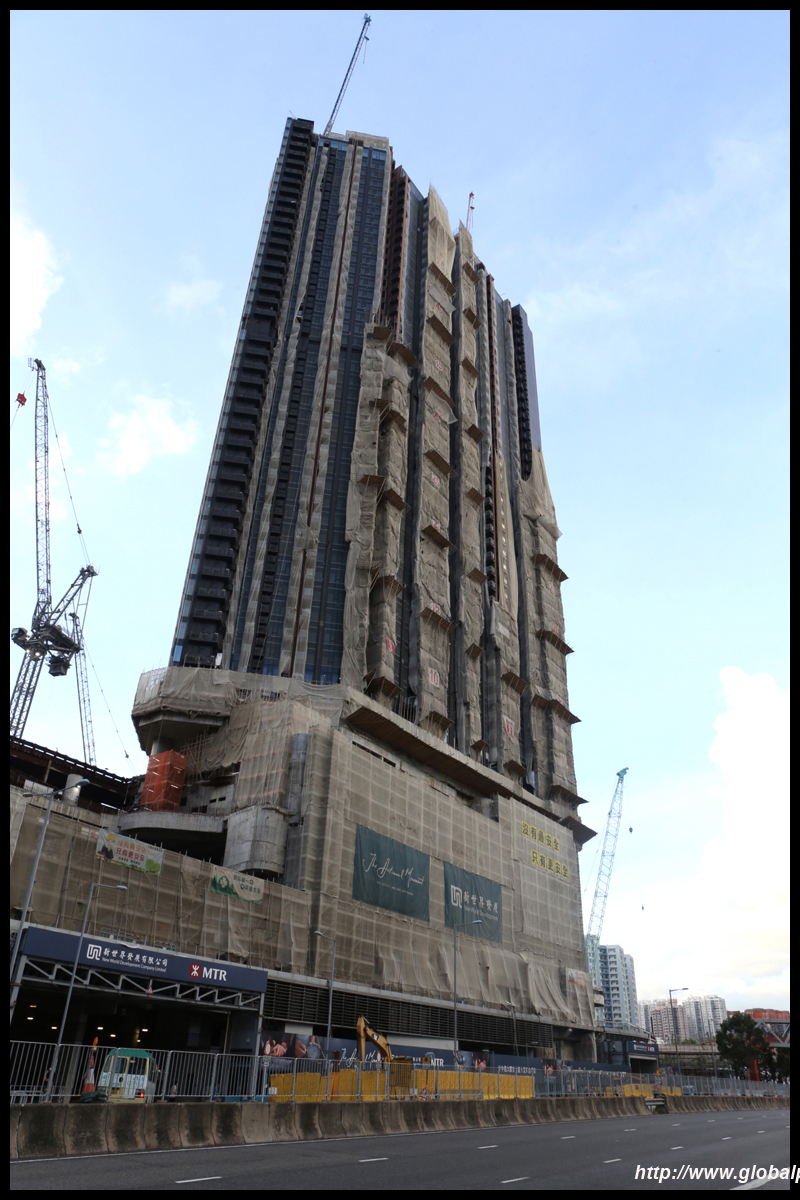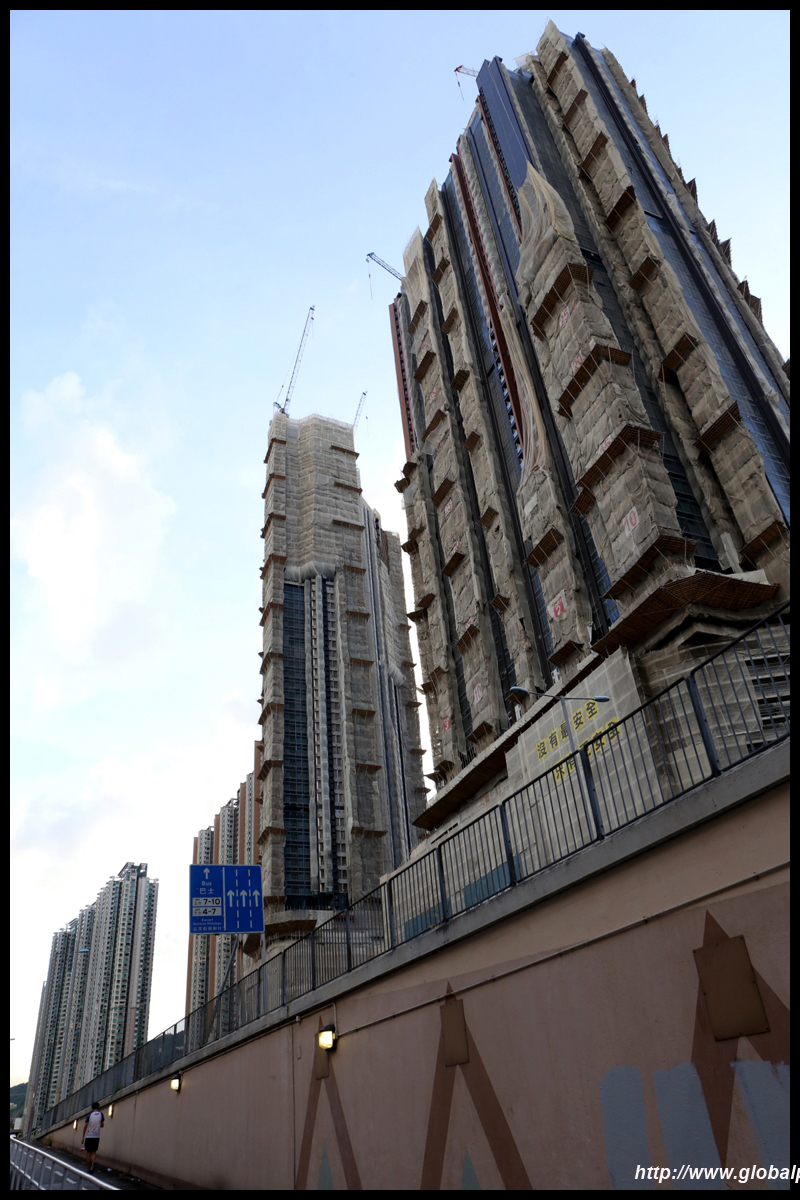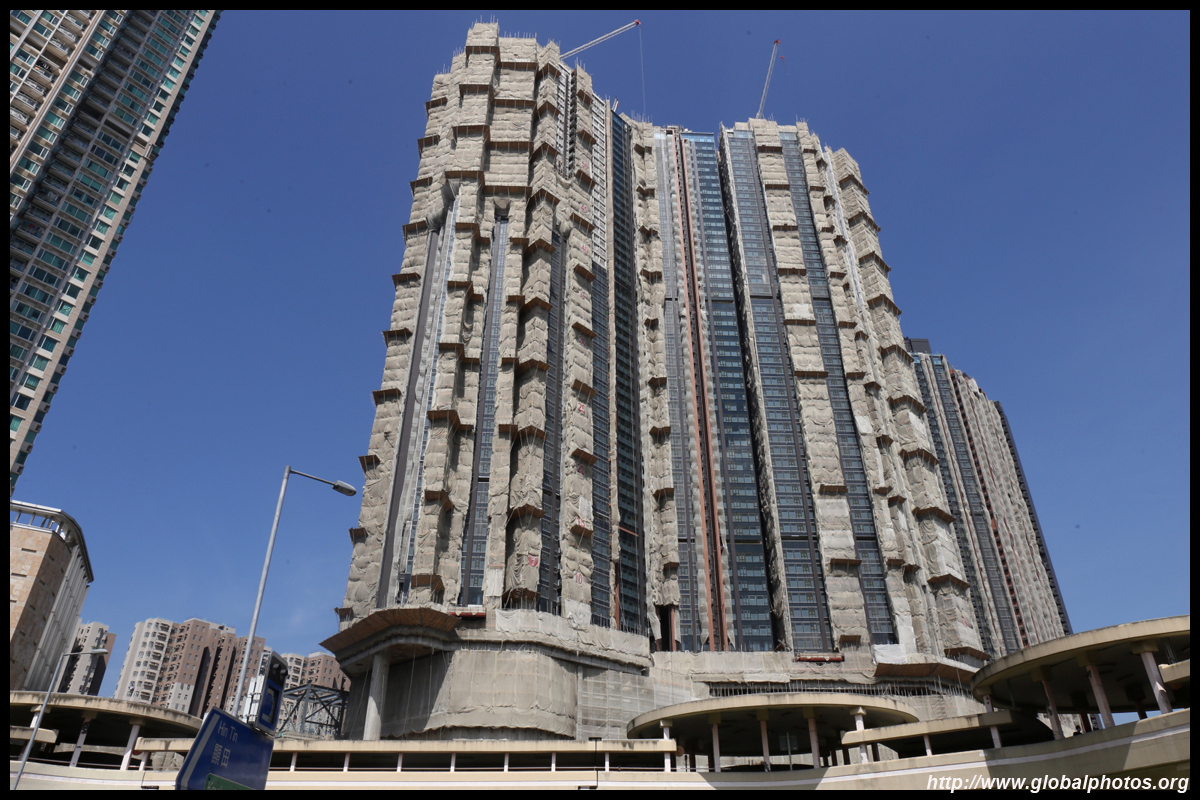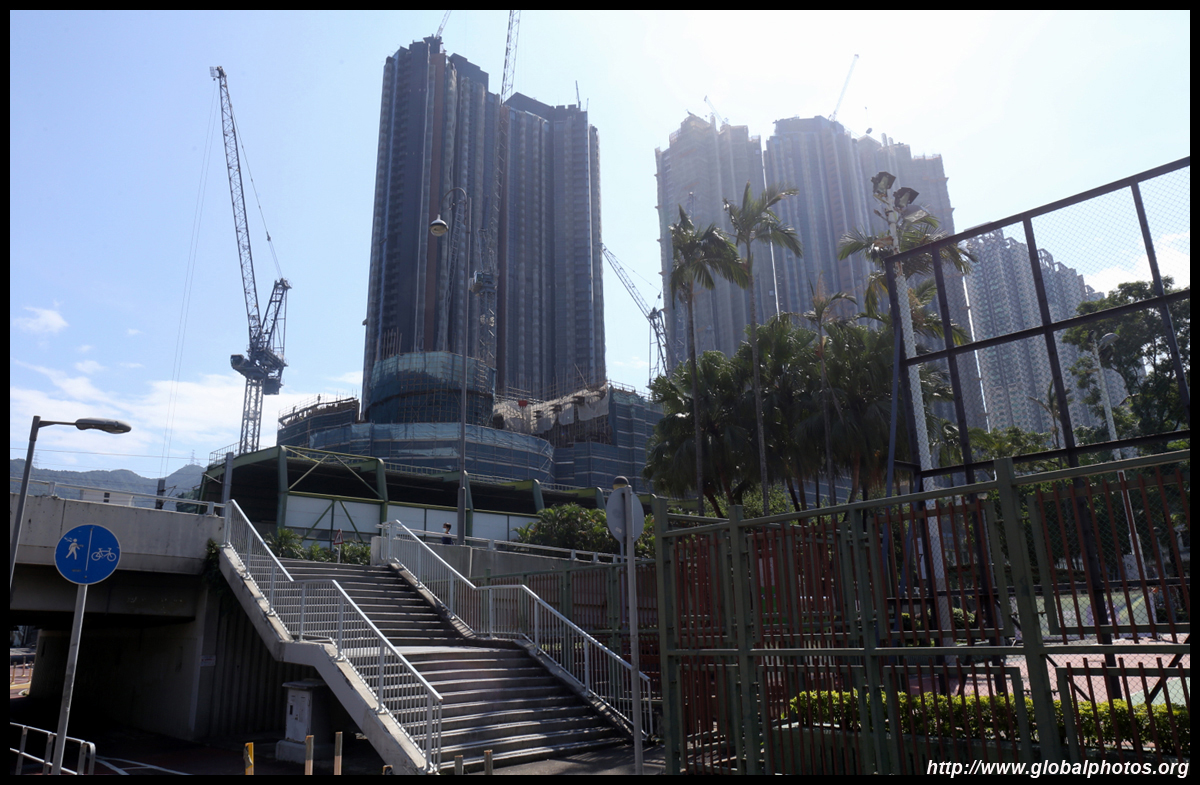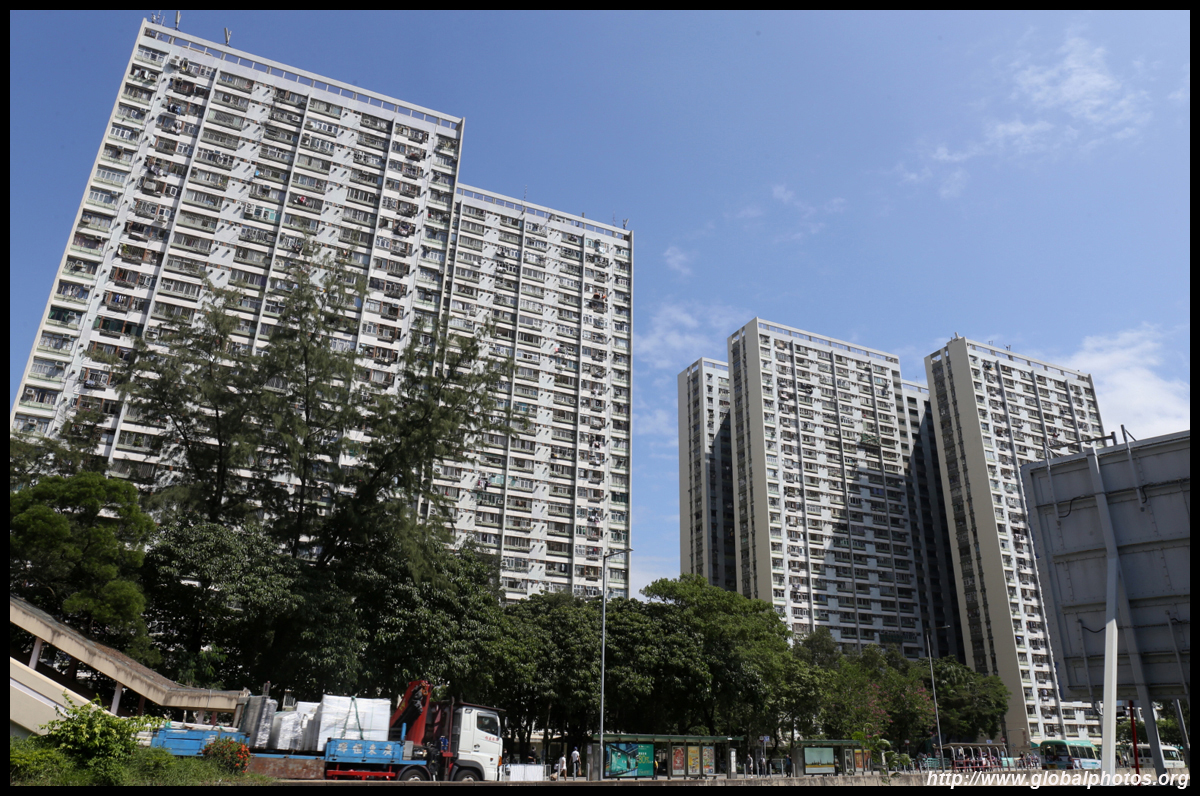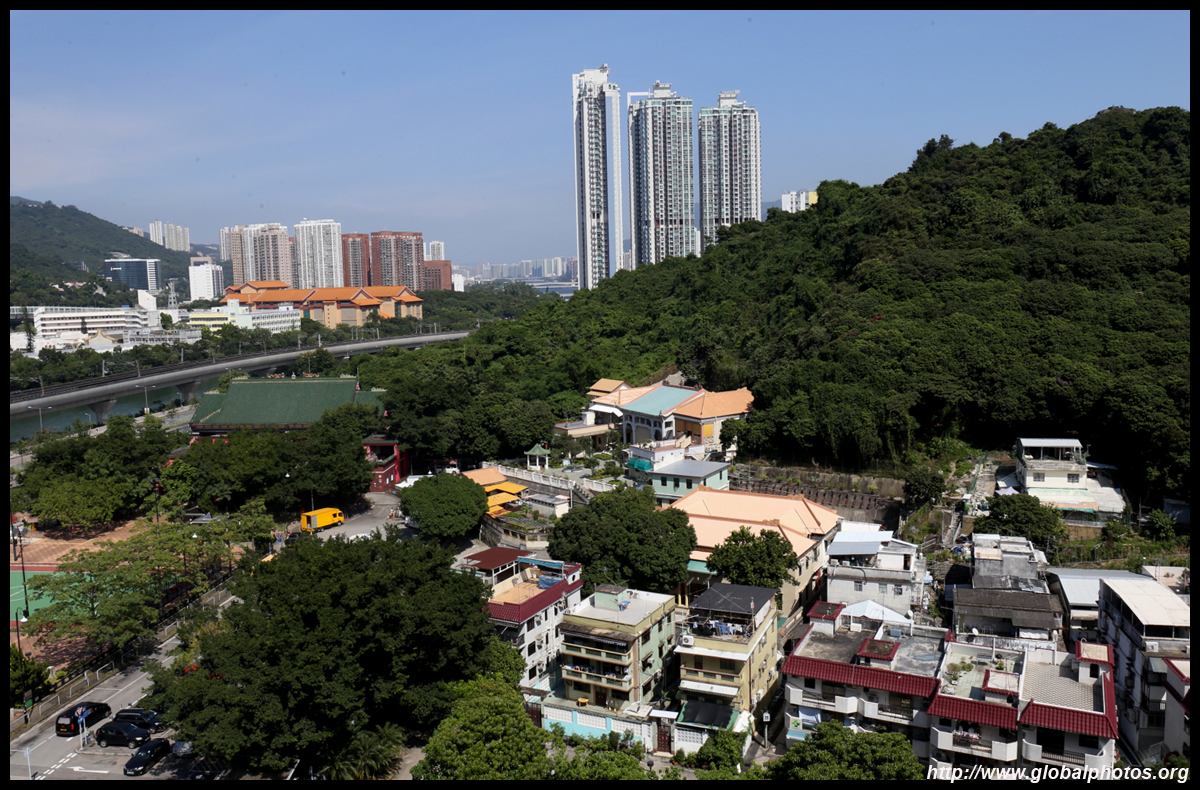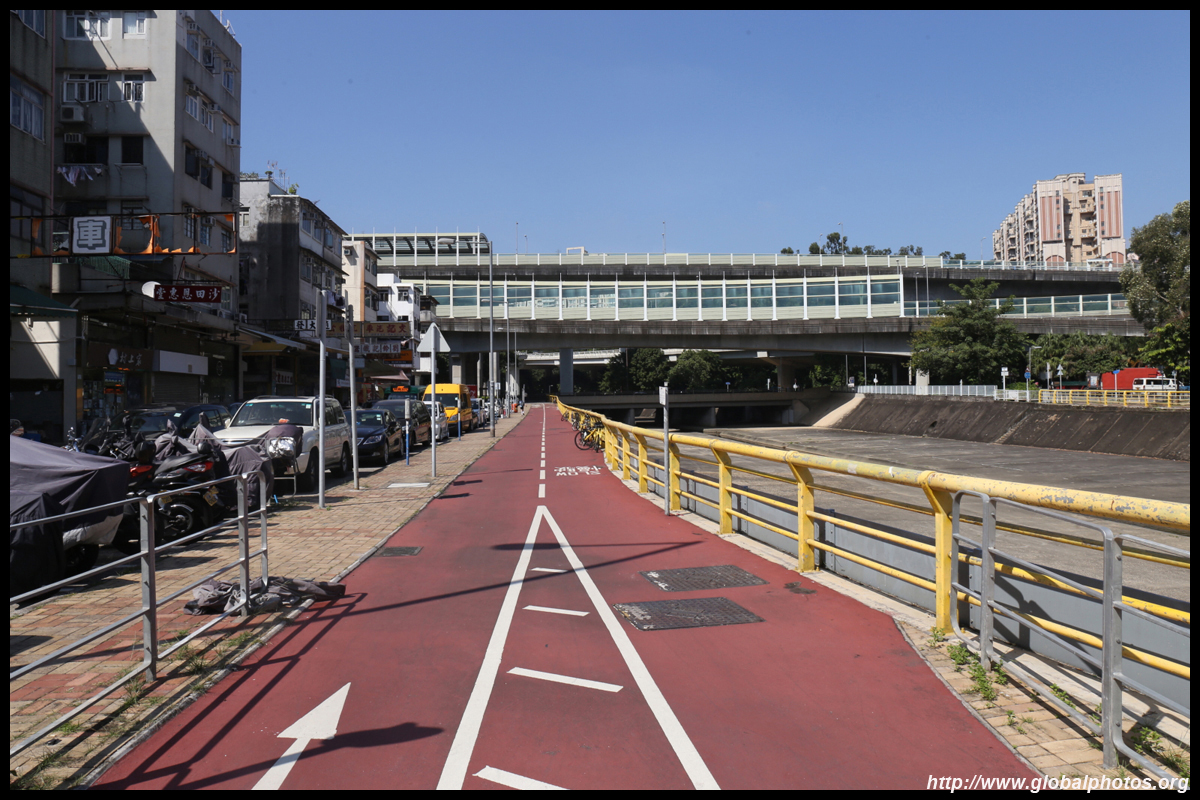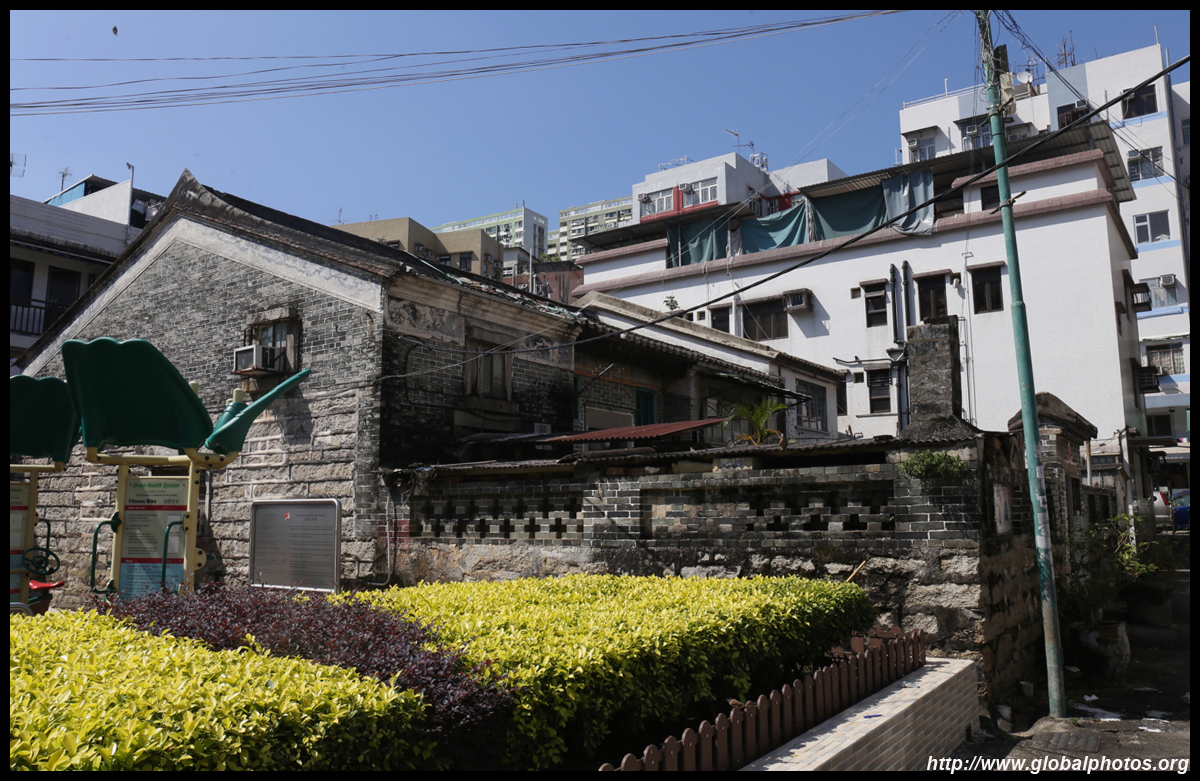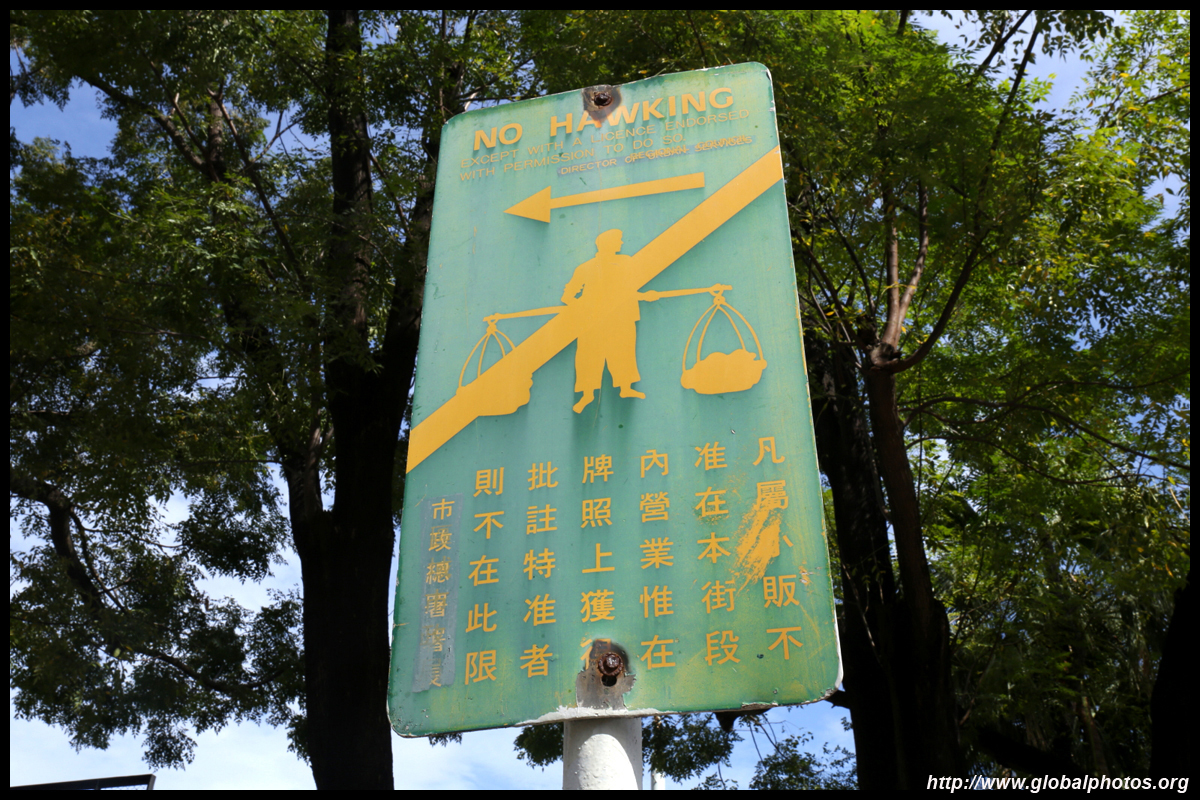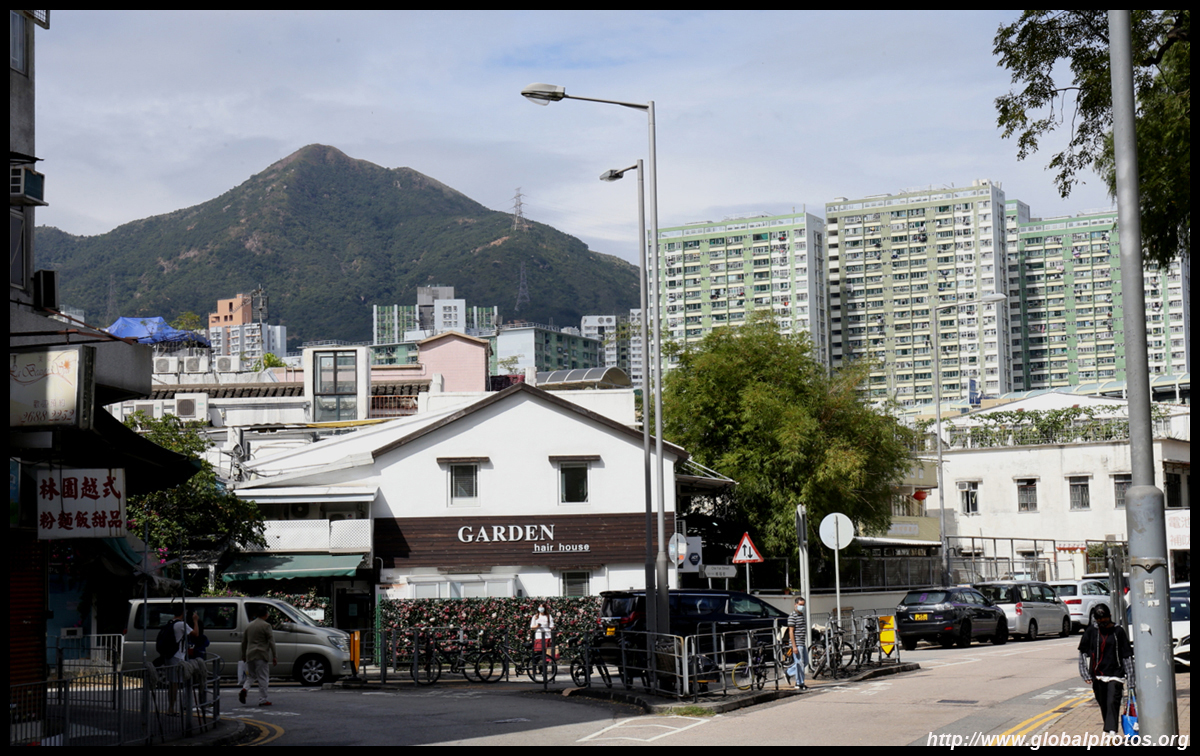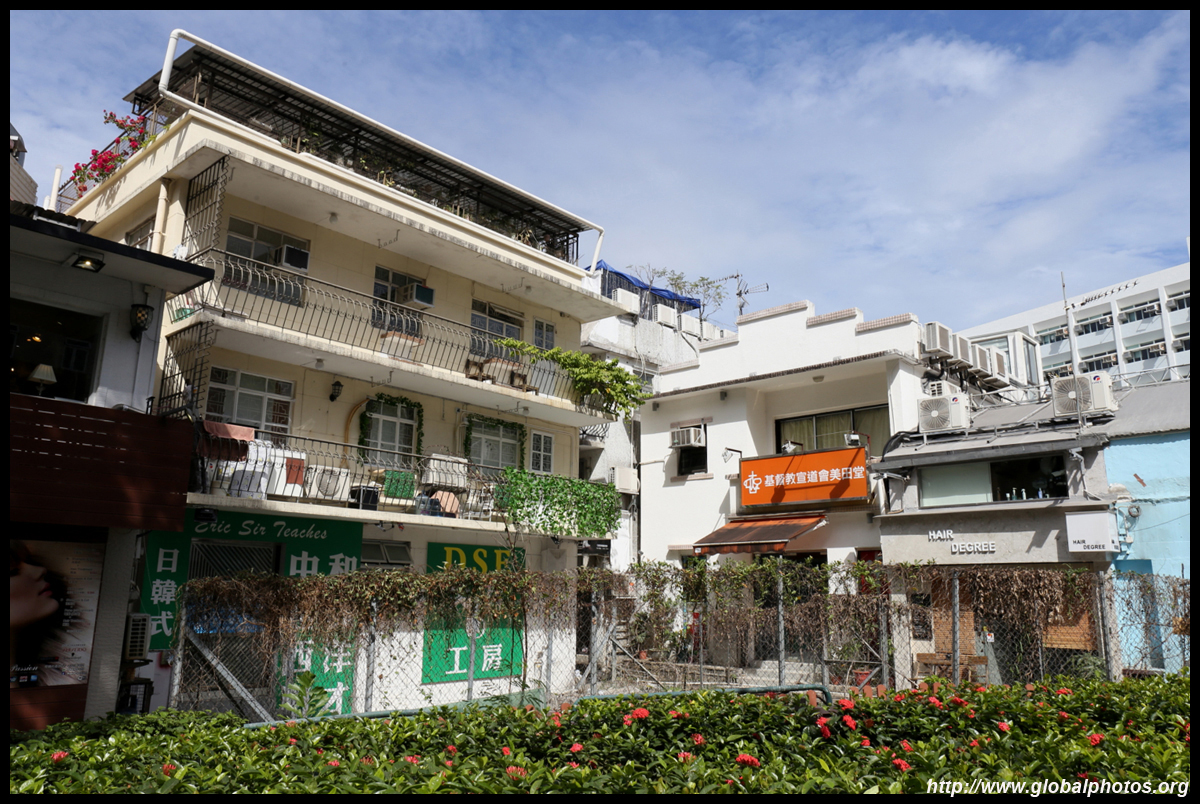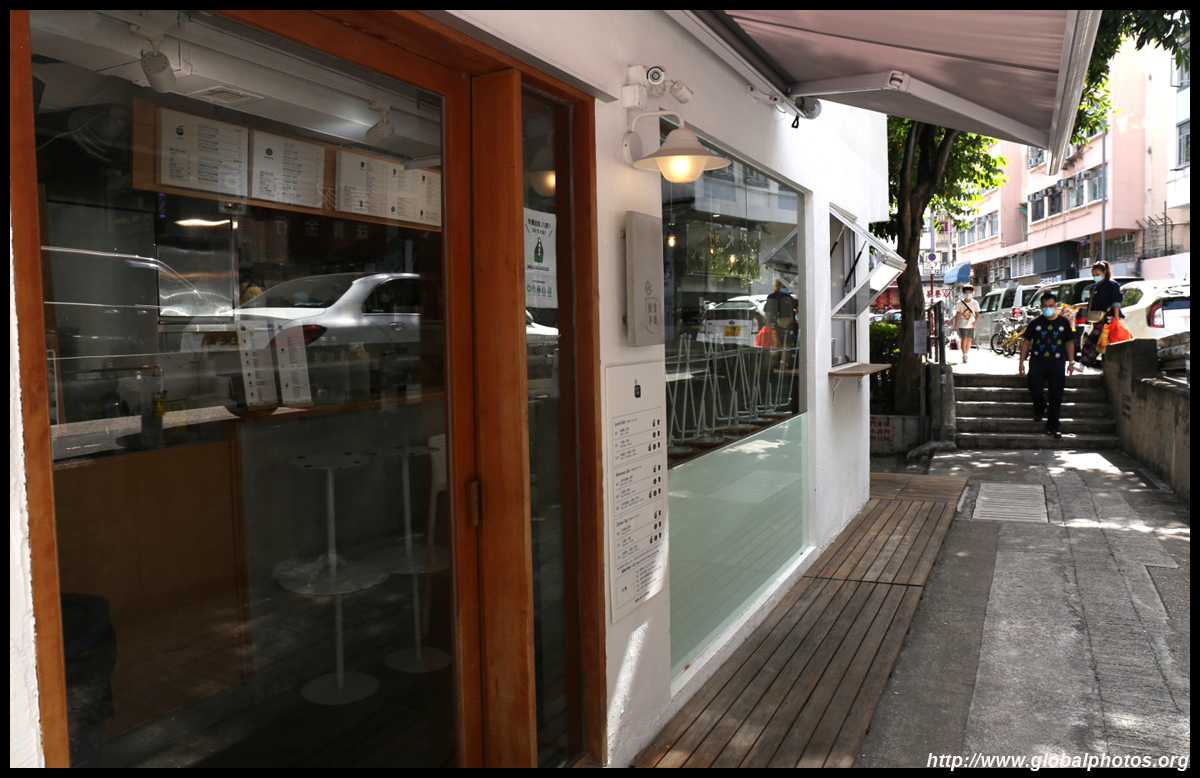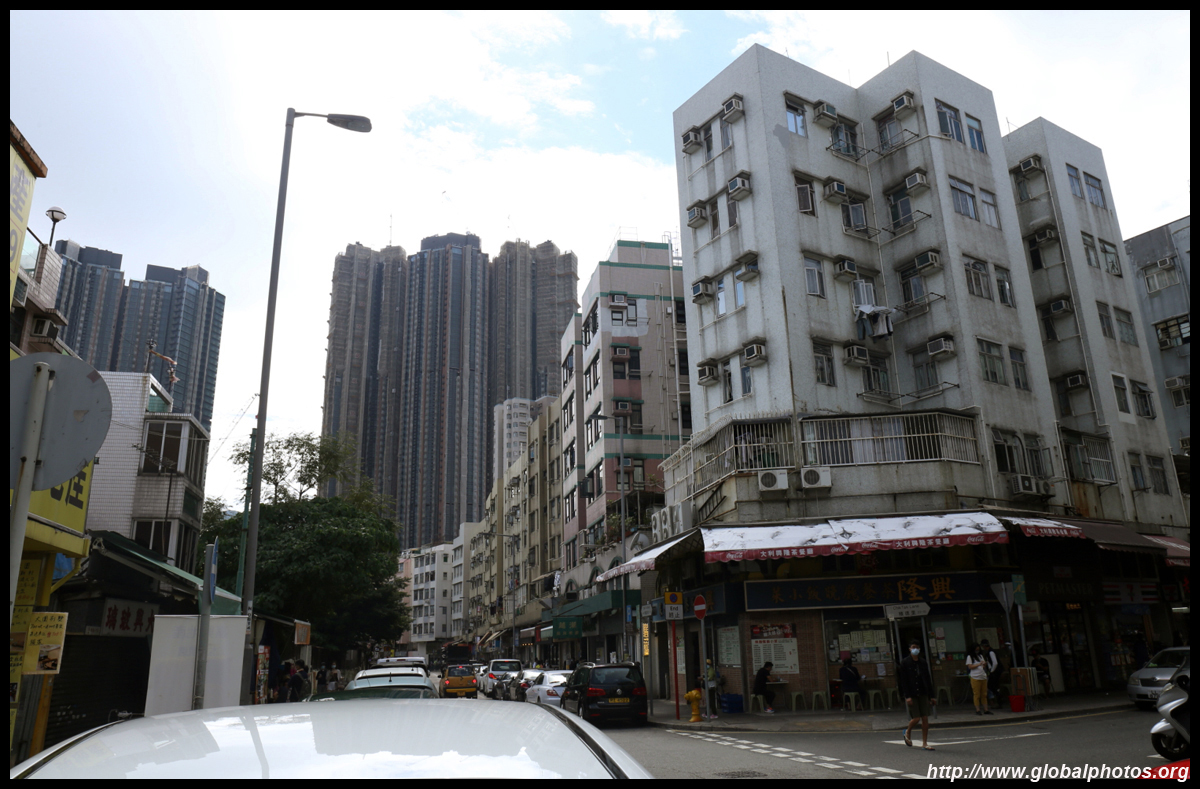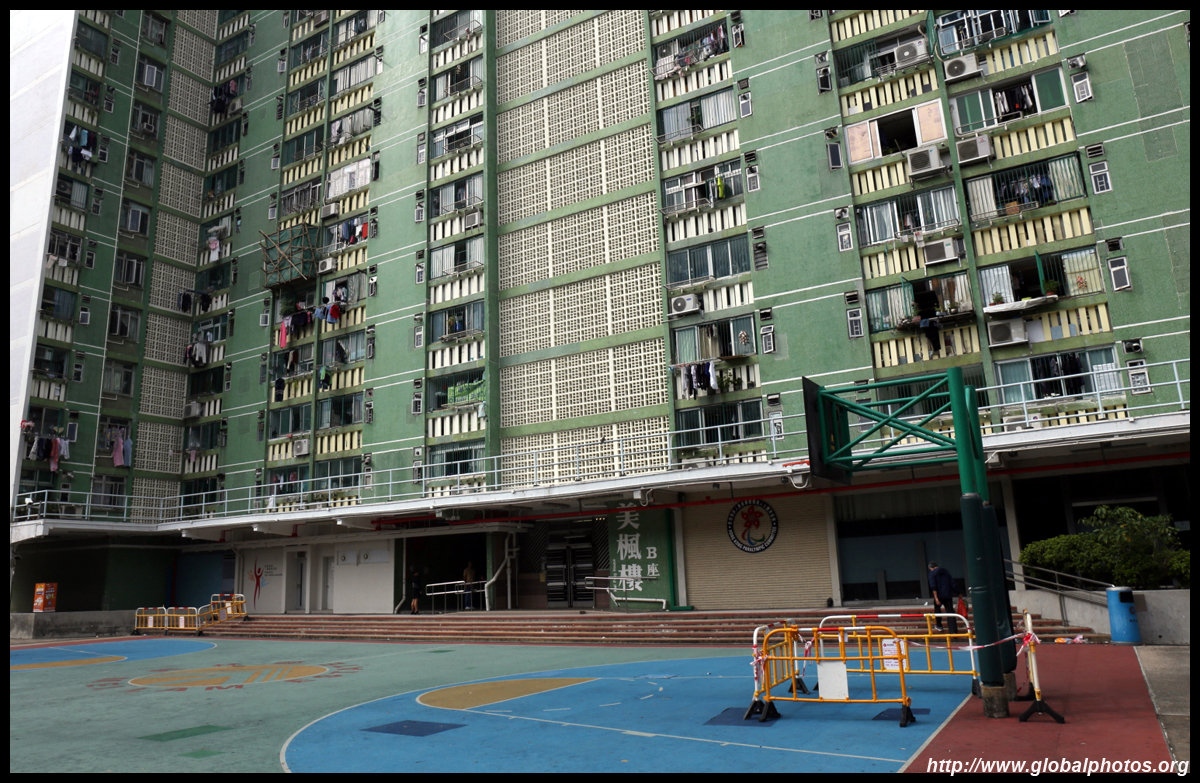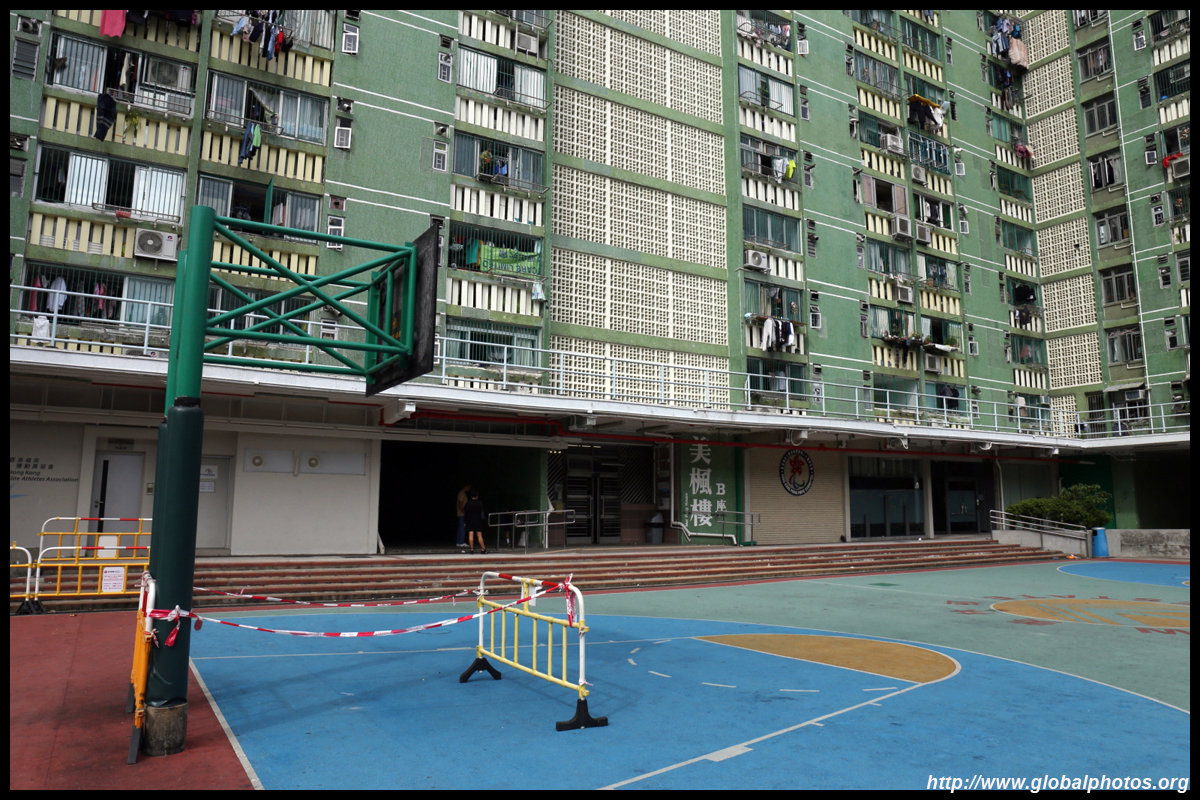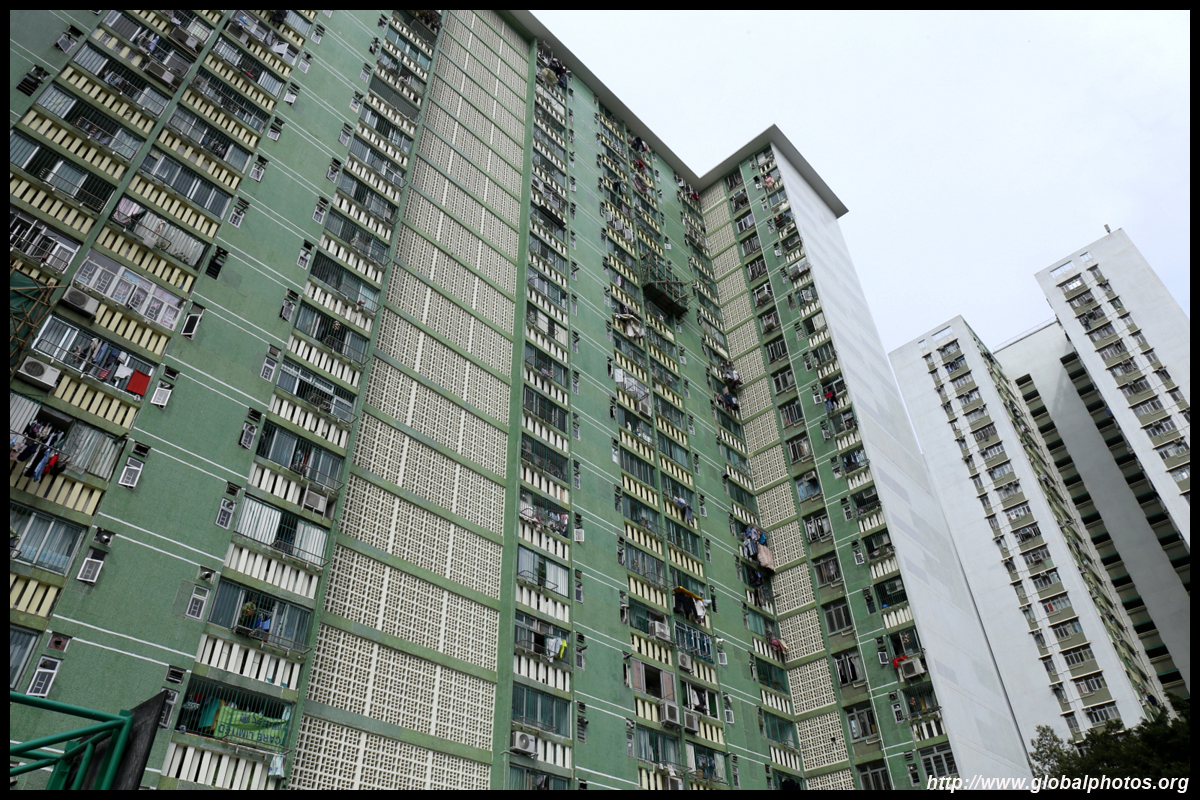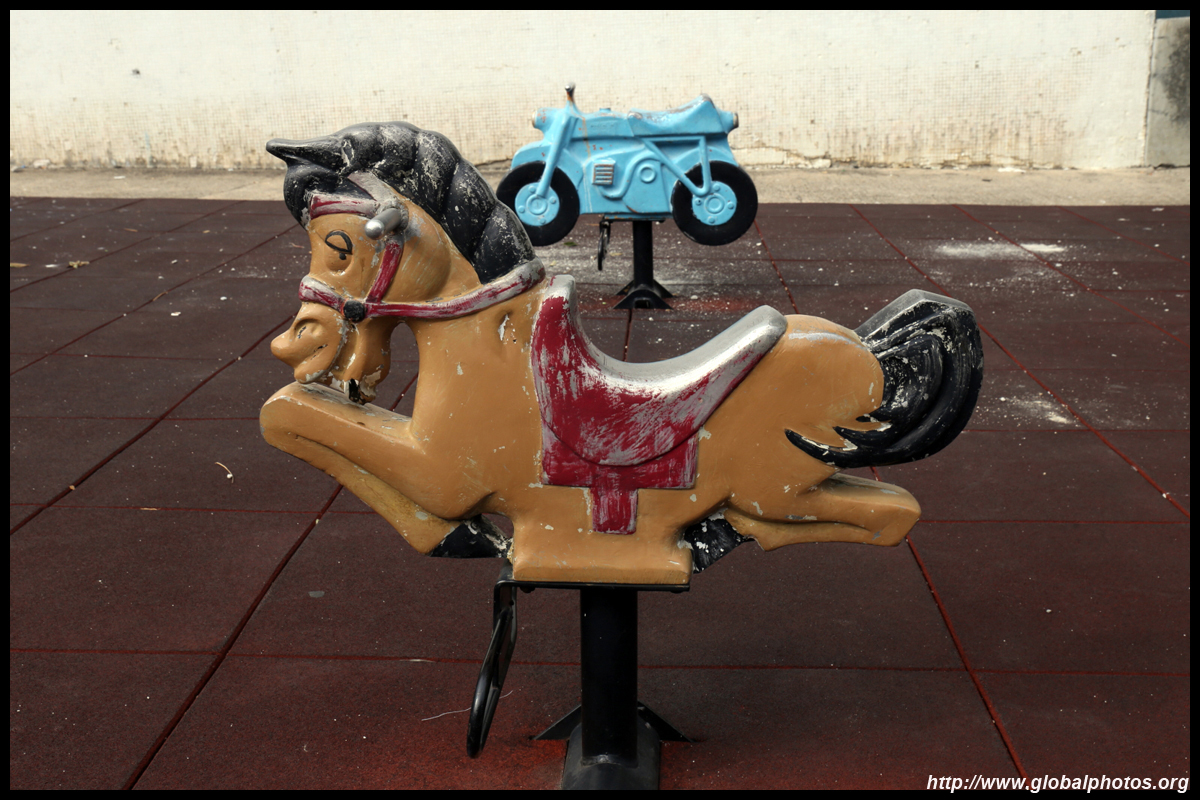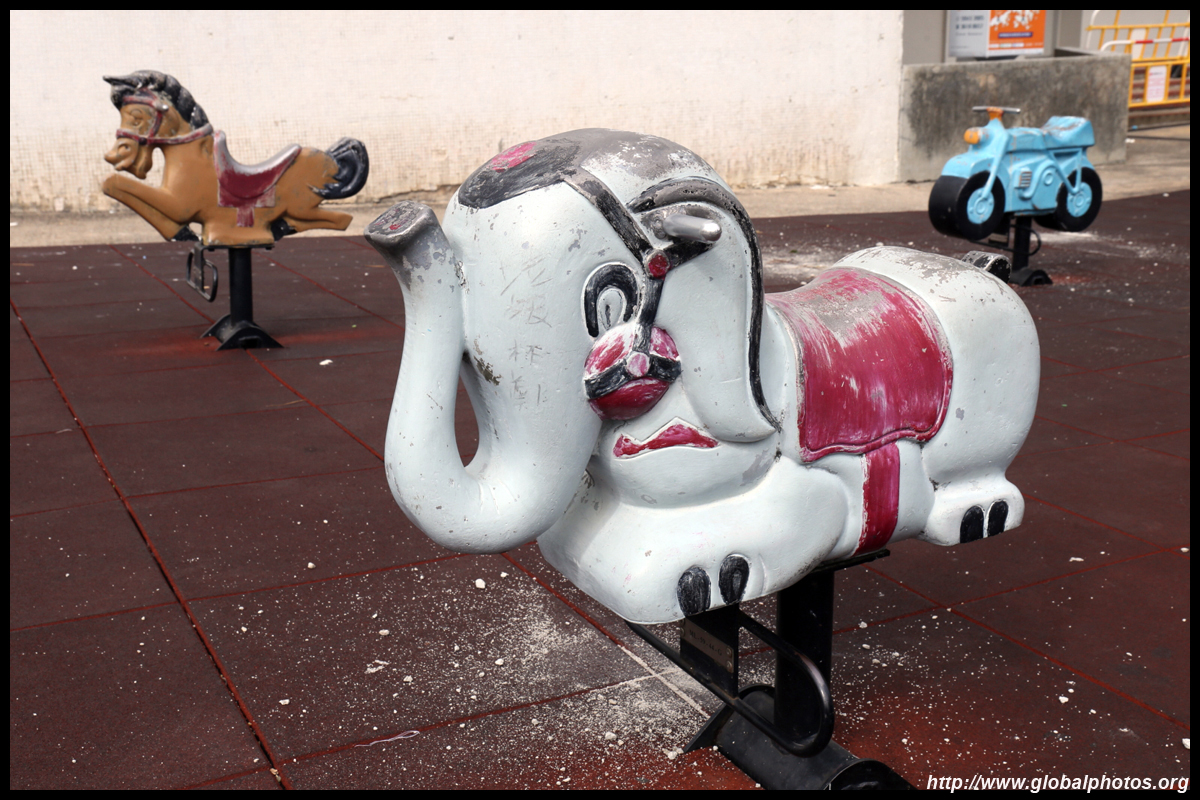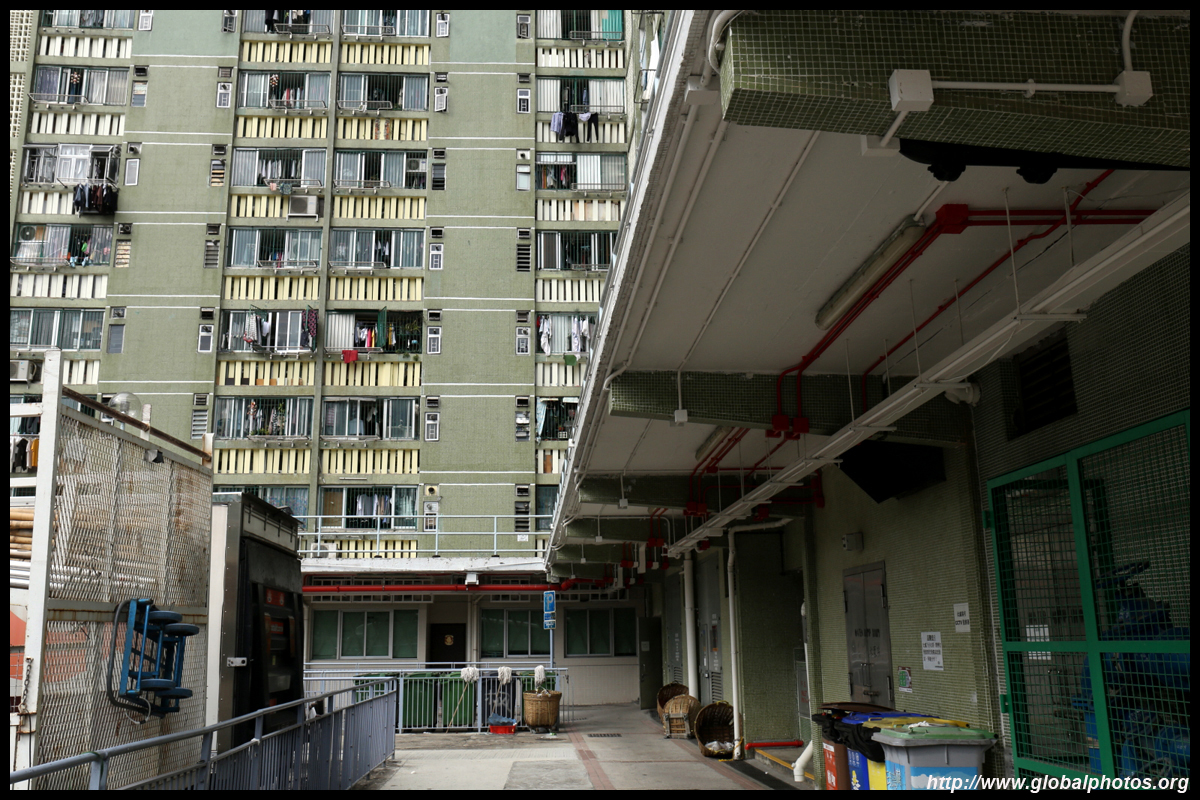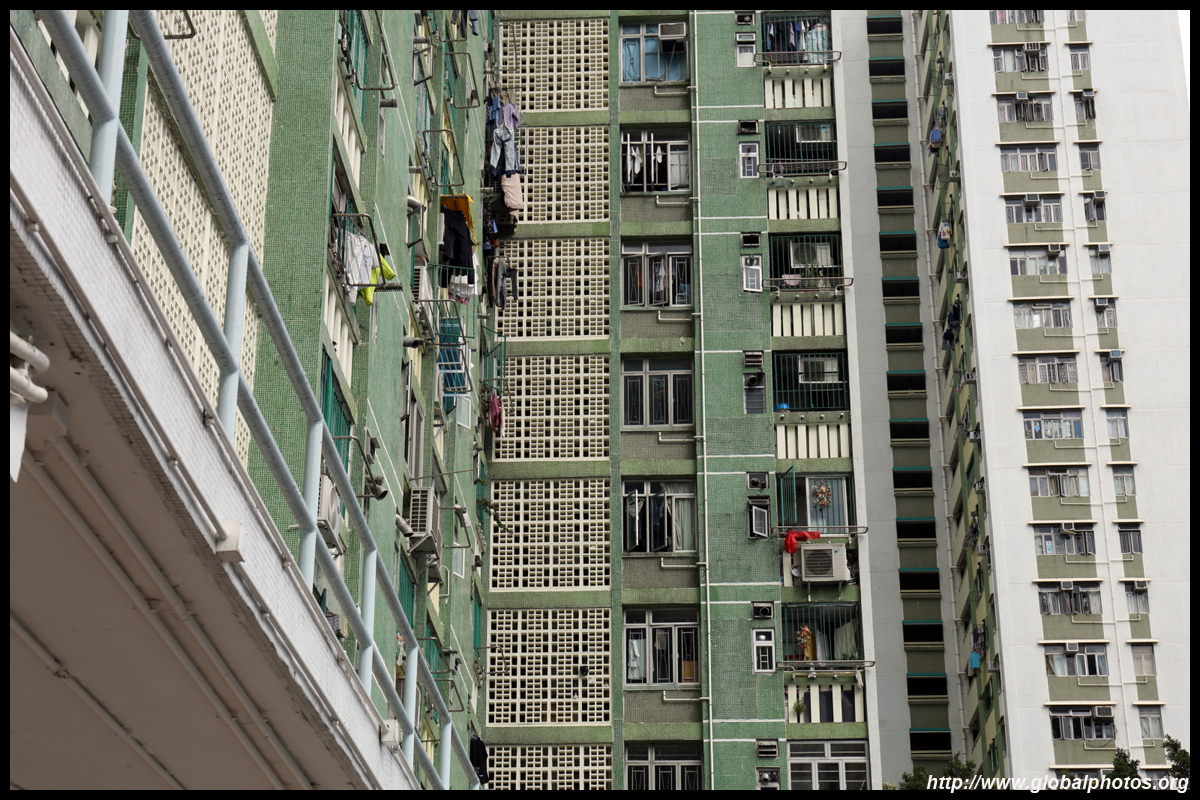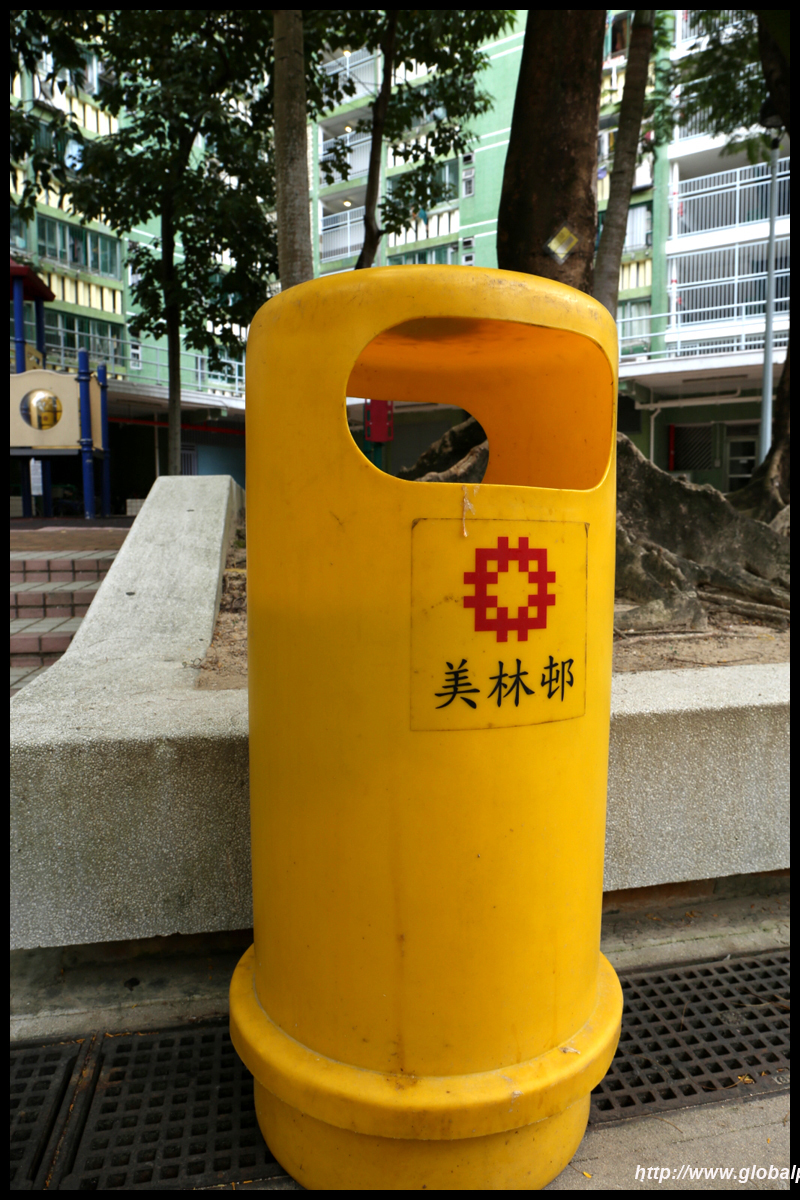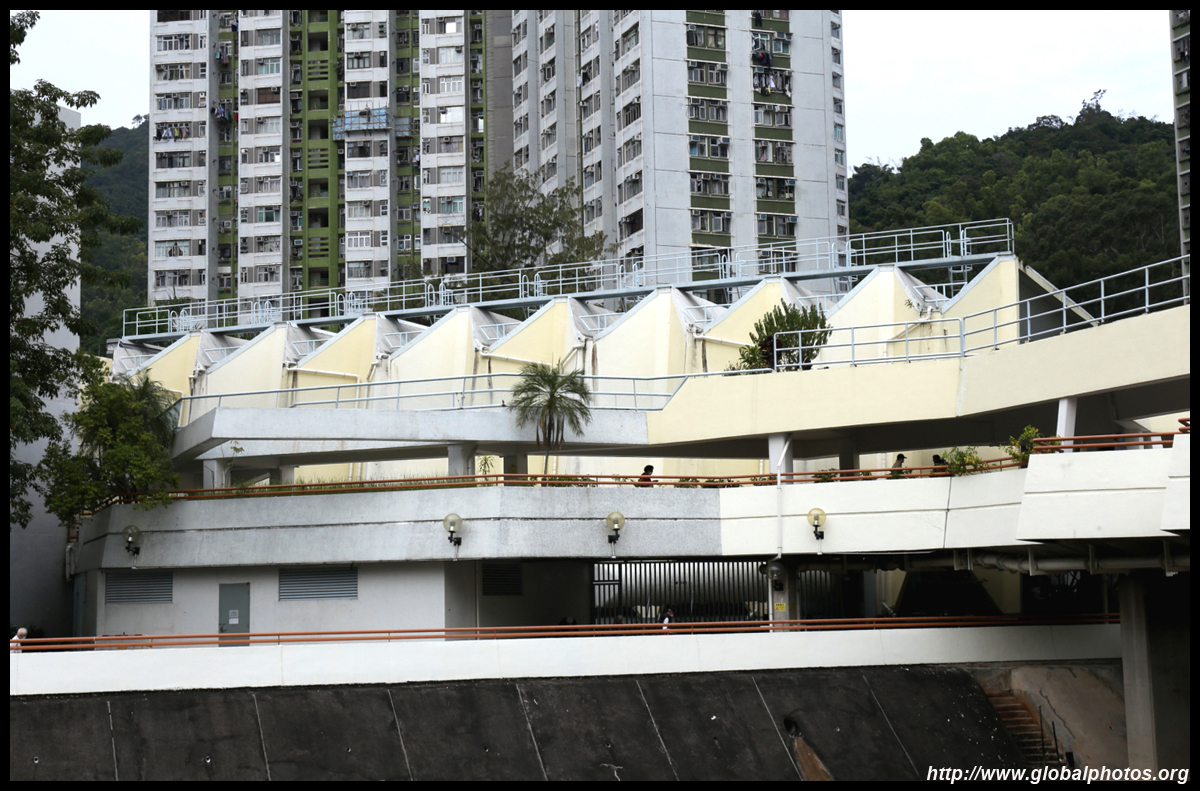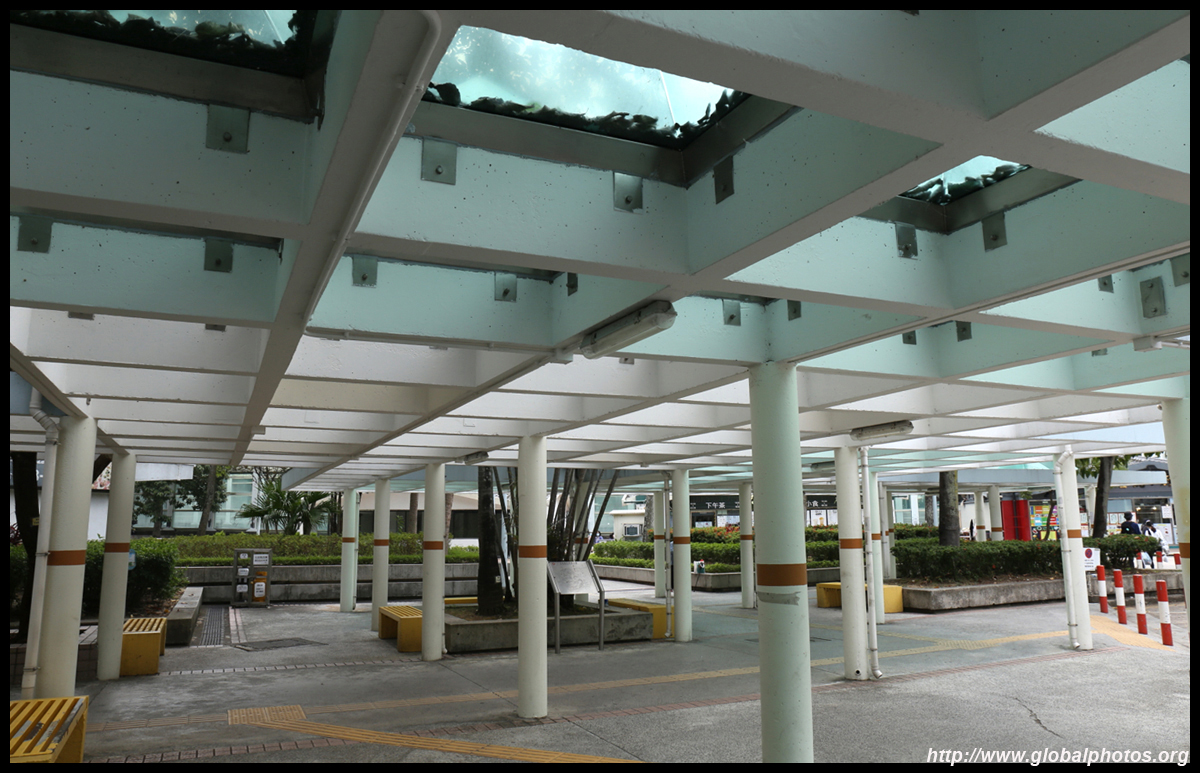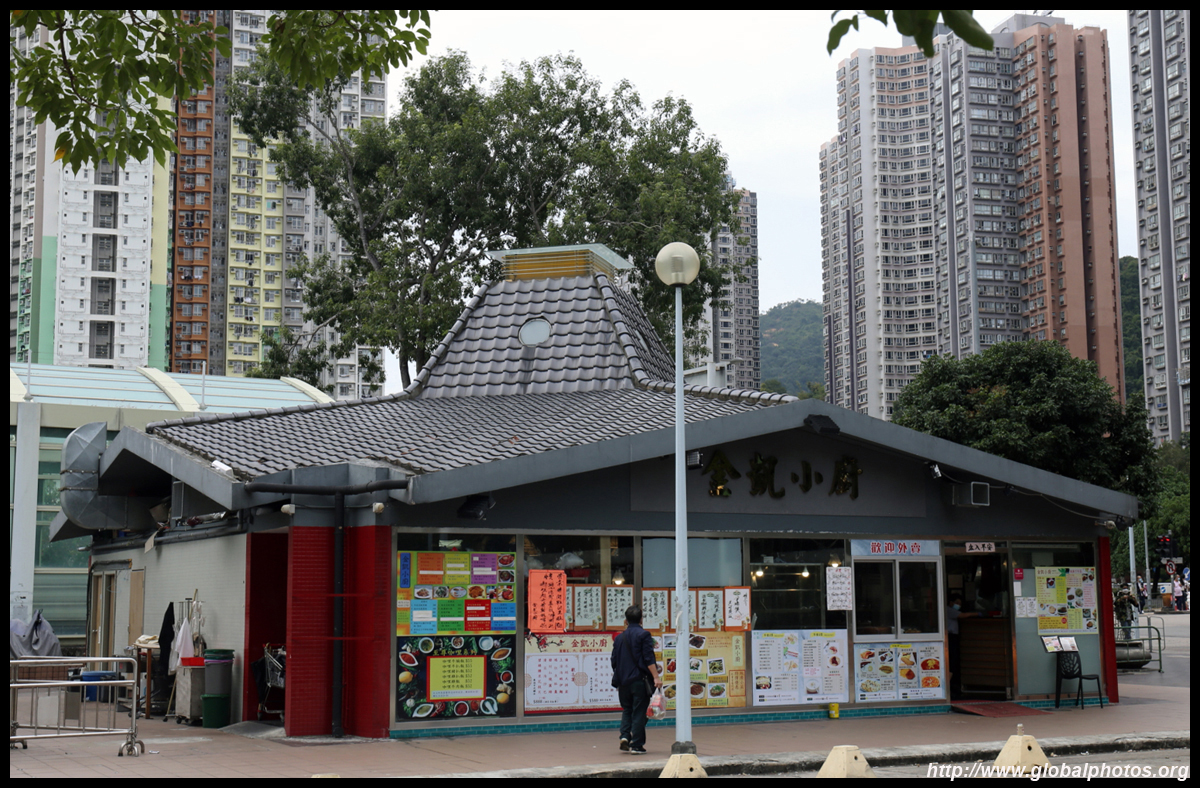Hong Kong Photo Gallery
Shatin - Tai Wai

The first plan for development in Sha Tin was approved by then Governor-in-Council in 1961. Sha Tin has grown from a rural township of 30,000 people in the early 1970s to a major new community, including an extension at Ma On Shan, of about 640,000 people today.Tai Wai is expected to be a major railway interchange when the Shatin-Central / Tuen Ma Line completely opens. As with the current rail expansion strategy, skyscraper residentials are built on top of stations to subsidize the railway operations.
Tai Wai station's first wall of skyscrapers were built just west of the station. Festival City consists of 12 towers spread over 3 phases that were completed in 2010 and 2011.
Construction continues on the east side of the station, which has been named Pavilia Farm.
The rich have the convenience of accessing the train station downstairs, but the poor are only across the street living at Sun Chui Estate, which is a much older public housing estate from the early 1980s.
There aren't too many tall buildings on the other 3 sides to block their views.
There are many clusters of short residential houses in the area, with San Tin Village to the east.
New residential towers have also risen at the next station, Che Kung Temple.
Shing Mun River used to be heavily polluted and smelled badly, but it has been cleaned up in recent years and many residents can enjoy a jog or walk along the promenades on both sides of the river.
The north side of the station is a lowrise area with many small and unique eateries along with historic remnants from the original walled village.
Hawkers are not a common sight around the city nowadays in a drive to clean up the streets and avoid unsanitary food processing. The most common licensed hawker we see today are the chestnut roasters with their signature big wok carts. This sign seems irrelevant today and will probably disappear soon.
A highway separates the lowrise area from Mei Lam Estate, which was completed in 1981 and its 4 towers contain 4100 units.
|
